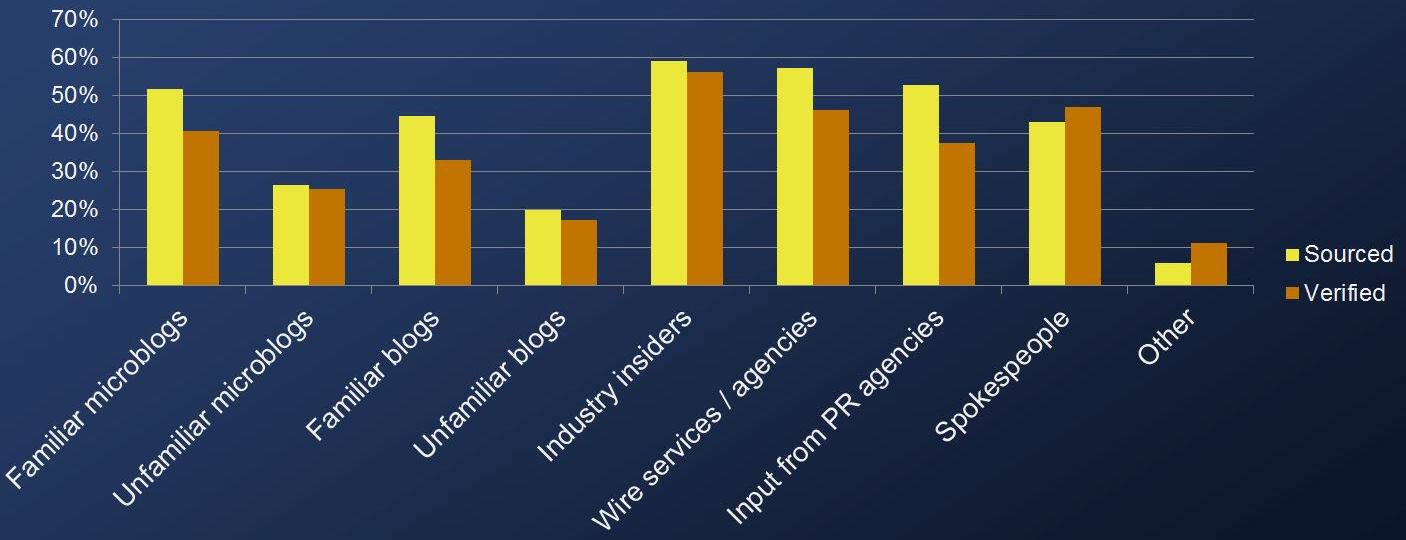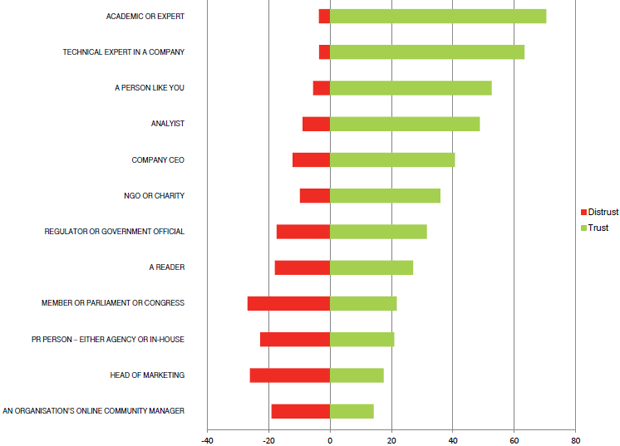How do Indian journos source their news stories? And do they lead with the print or online publication?
PR Insight
Here’s a quick question. Where do you read your news? On a desktop, mobile or tablet or the old fashioned way? Chances are many of you will pick the digital option. With Internet users in India expected to touch 300 million by 2016 as per the Boston Consulting Group, India is already one of the top 3 Internet nations in the world along with the US.
The ‘Oriella PR Network Global Digital Journalism study 2013’, which also covered journalists in India, highlights how journalists are gathering news, what sources they trust and the published formats of their story. This has important cues for how communicators approach journalists.
Stories increasingly published online first
The Oriella study says that one third of reporters they spoke with worldwide now break their stories online first. Senior editor and technology columnist, N Madhavan, Hindustan Times, agrees that “It is becoming an increasing trend and newspapers are now adopting this as a matter of policy. Naturally inevitable as people get news increasingly on their handsets or desktops.”
Former journalist and TV business news anchor, Ashutosh Sinha, points out that,” This is the trend among many journalists in Delhi and Mumbai and other large urban centres. Most journalists who travel to remote locations now prefer to do that since stories get the right play by doing so. This is the future and there is, for the moment, little other option.”
Sinha also says that this trend will also soon evolve to embrace breaking news through online videos. “Shortly, we could have video blogs / reports from remote locations as the telecom infrastructure improves.”
Other reporters PRmoment India spoke with say that while they publish teasers, news stories that they want to break online first, long format stories and feature pieces are held back for their magazine, newspaper or television show first. Security of their research and writing published online remains a challenge as well for Indian reporters.
Newsgathering is increasing digital: Microblogs, Blogs from trusted sources used
The Oriella study, which covered over 500 journalists across 14 countries, including India, found that 51 per cent of journalists worldwide say they use microblogs (e.g. Twitter, Facebook and Weibo) to gather new stories – provided the source behind those accounts is known and trusted by them.
How do you source and verify the stories you are working on?

Source: Oriella Digital Journalism Study
Ashutosh Sinha says, “I surely take a look at Twitter but have not quite got addicted to it too much. But that is the reality and I quite accept that. Crowdsourcing of information is a great idea and it is here to stay.”
A quick check of TV news in India shows that it has been especially active with Twitter, using hashtags and even Vine to promote and gather feedback for their shows. CNN-IBN’s ‘Face the People’ and NDTV 24x7’s ‘We the People’ are examples of shows who do this regularly. Times Now and BBC are also very active with the use of Twitter to promote their stories online.
Journalists turn away from pre-packaged stories and Press Releases; Corporate Spokesperson, PROs not trusted as sources
Another key finding of the report is that there is a continuing and significant shift away from pre-packaged stories in the form of press releases, and towards the one-to-one contact with expert spokespeople. Only 7% of respondents, globally, say their press release in-tray is their first port of call. And even as academic experts are trusted sources, there has been a big fall in use of corporate spokespeople, too – from 24 per cent in 2012 to 16 per cent this year. PR agencies and professionals also rank low as trusted sources of stories, though they rank above marketing heads.
How far do you trust the following individuals in your research?

Source: Oriella Digital Journalism Study
N Madhavan points out that, “Tweets, blogs and press releases increasingly convey a huge amount of information. Often, spokespeople are not trained or authorised by corporates and end up becoming liaison officers rather than official spokespersons."
Ashutosh Sinha says that he finds it difficult to trust the point of view being pushed by a company or government.” It is a very good idea to look behind the scenes and understand why a point of view is being pushed. The truth is never what is being shown/told etc. It is something behind the scenes. Always! Whether it is journalists or professionals from PR/marketing/government.”
Paid Rich Media News Apps still to catch up in India
The study also shows that paid-for smartphone or tablet apps have almost doubled in popularity, from five per cent in 2012 to eight per cent this year. Madhavan says this trend will also be seen in India, “But me-too apps will not do well. Apps are essentially service propositions. You need to create a service back-end for apps to create true value."
The study shows that at the moment China and continental Europe is leading the charge for paid for Apps. Ashutosh Sinha feels that, “Paid apps will be a challenge to sell in India for the moment. Since the acceptance of the Internet is in its early phases, getting the masses to pay for apps that will give rich content will still be a challenge. But look at the telecom numbers - it took nearly 5 years for the first million mobile phone subscribers to be achieved, another four years for the next million and after that we were, at this point in time, adding 15-18 million subscribers every month. Mobile internet will take that path, but it is still some distance away. And then rich content will be more acceptable.”
As newsgathering and publishing evolves and becomes increasingly digital and transparent, PR professionals in India will also need to adjust their pitching and content strategies to meet this new landscape.
If you enjoyed this article, you can subscribe for free to our weekly event and subscriber alerts.
Featured

PR professionals share their views on journalists publicly calling them out on story pitches

Auto blogger renders unconditional apology to Value 360 for defamatory posts

Hottest Indian startups of 2020, Paytm, Dreams 11 lead the charge: Wizikey Report




